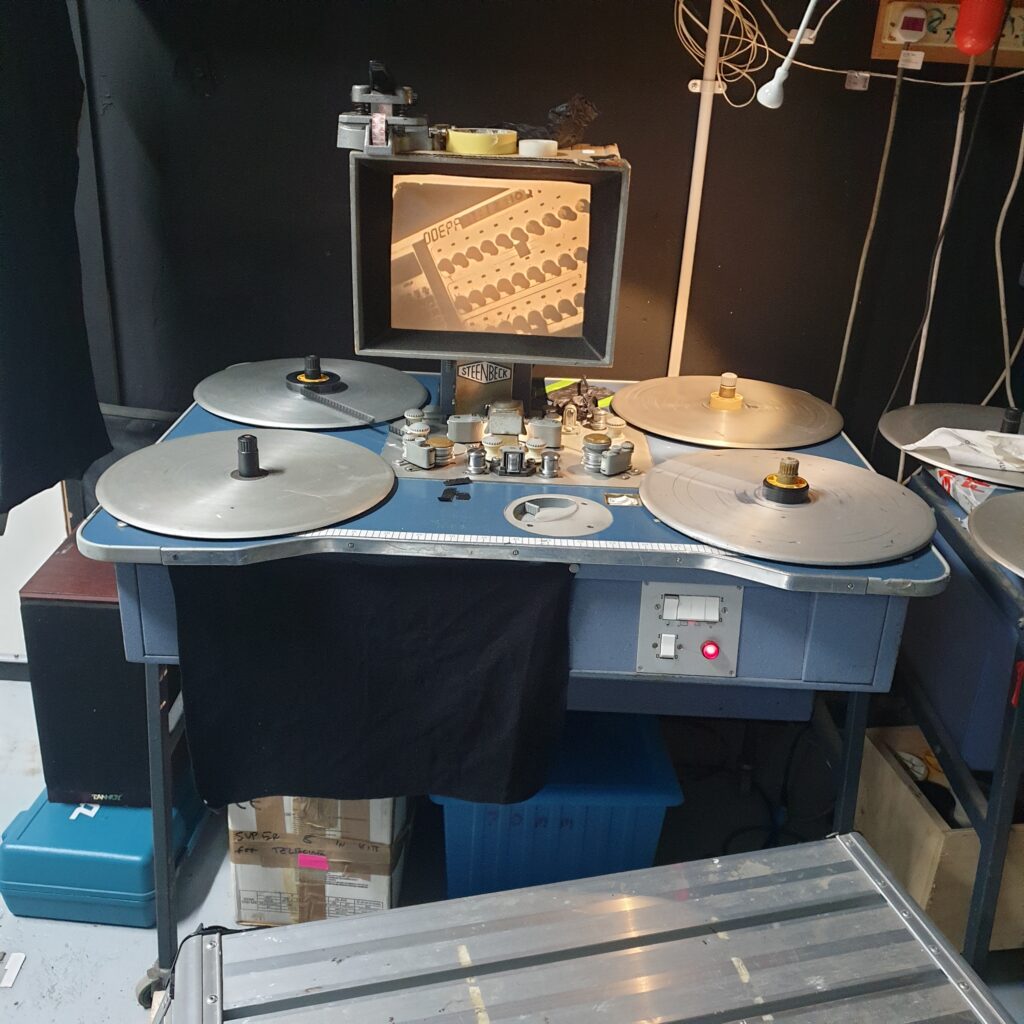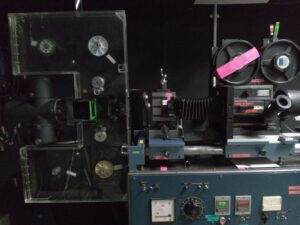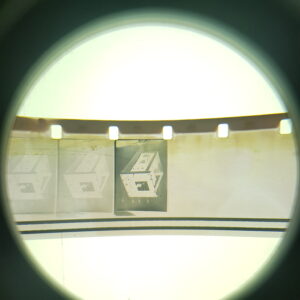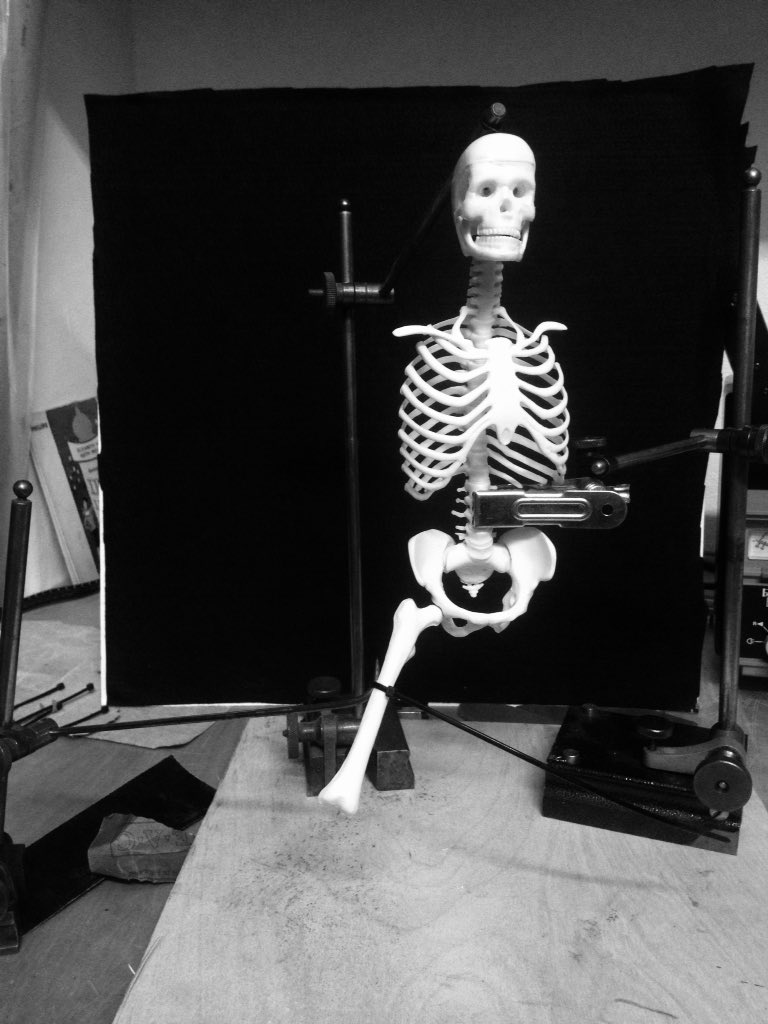So after finally setting the lens stage and getting the camera drive working I’ve been conducting tons of tests to ascertain exposure settings for different stocks, processes and target outcomes. The first is really to get a good method established for printing negatives to PF2 and 3302 using accurate & repeatable D97 processing.
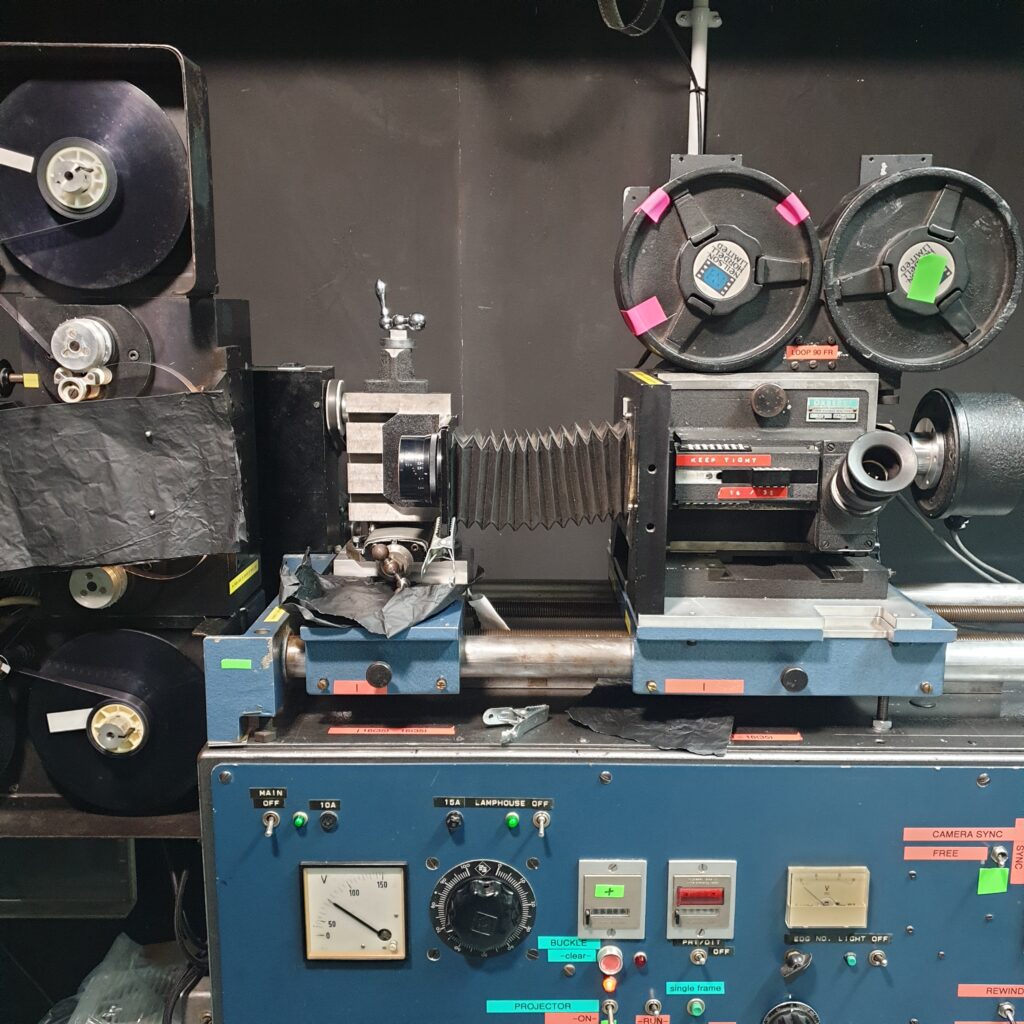
As the original materials I have to use are themselves also varied interms of calibrated or reference its a matter of getting a quick ‘acceptable’ result, taking into consideration the nature of the original, and aiming at shooting at T5.6 or T8 and then taking a lux measurement in the gate, with transmission through the target, to enable setting up a quick wedge test for any material going to the stocks mentioned above.
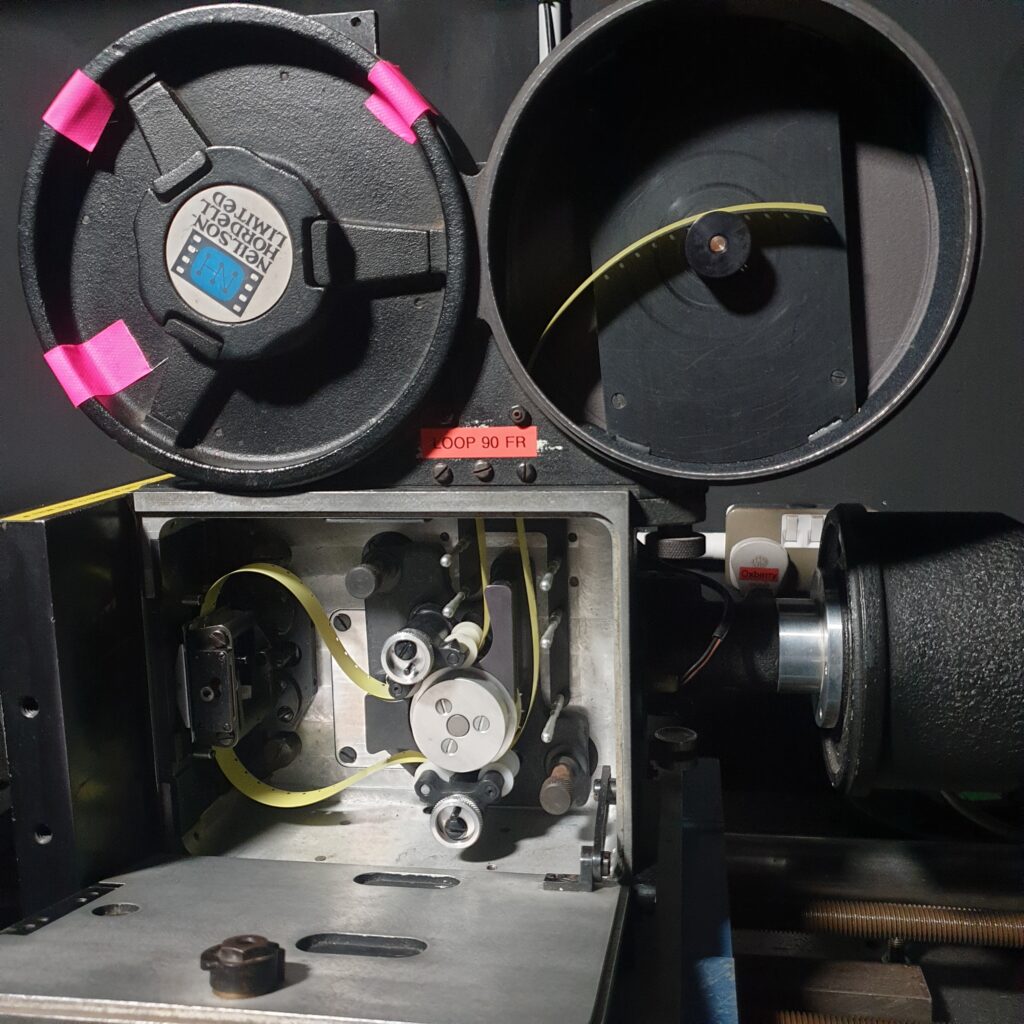
Once I have a good density positive at the lens mid point, further tests can be done with shutter angle and ND filters to tweeak the results plus of course processing factors such as dev time and contrast etc.
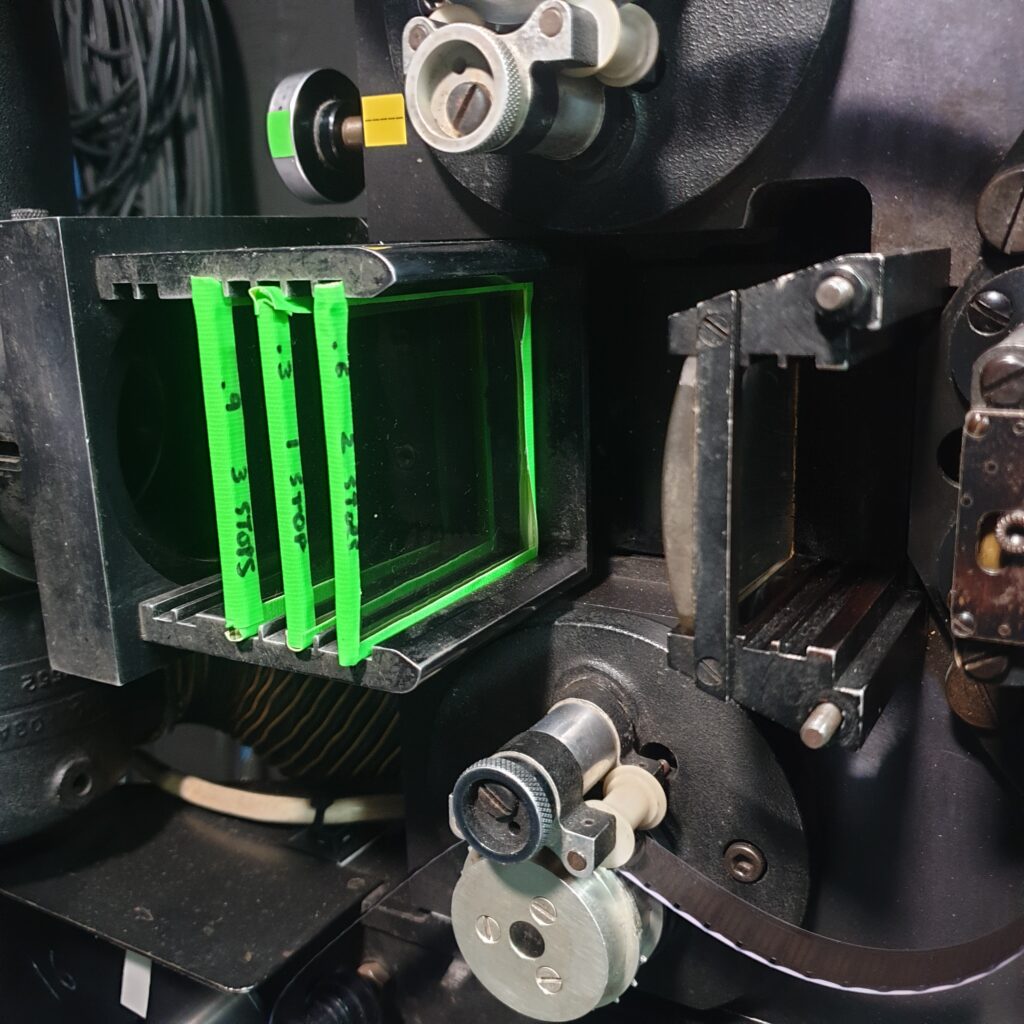
Its amazing how much light you have to stop down to get results in range. I am lacking a decent set of ND filters so am busy making these from glass squares. (lighting gel is fine, dont need expensive camera filters).
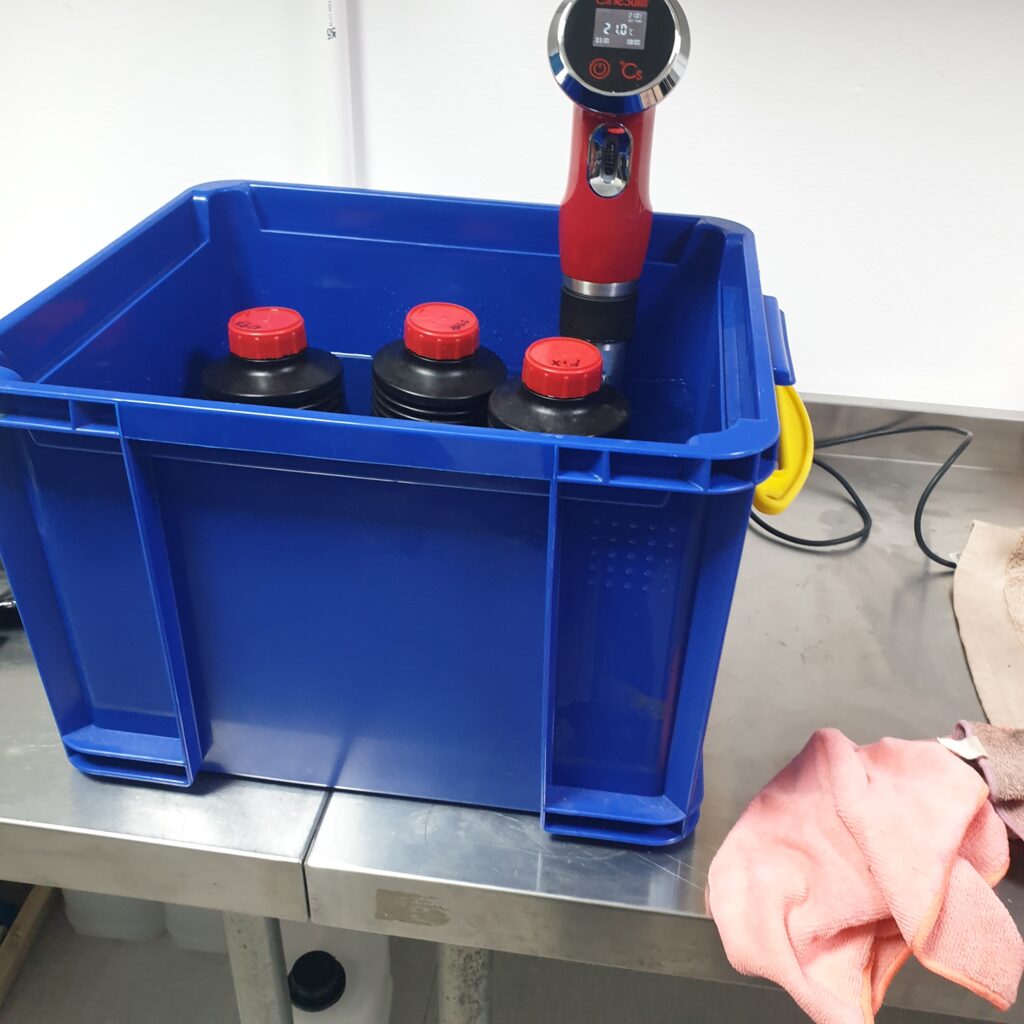
I’ve loaded the camera with 400ft and just snip after the sprockets after each test. That way I can respool, move fogged frames out of the camera and be ready for another test very quickly.
It’s crucial to process D97 accurately and repeatable for tests. Tweaking this stage comes later when chasing specific effects.
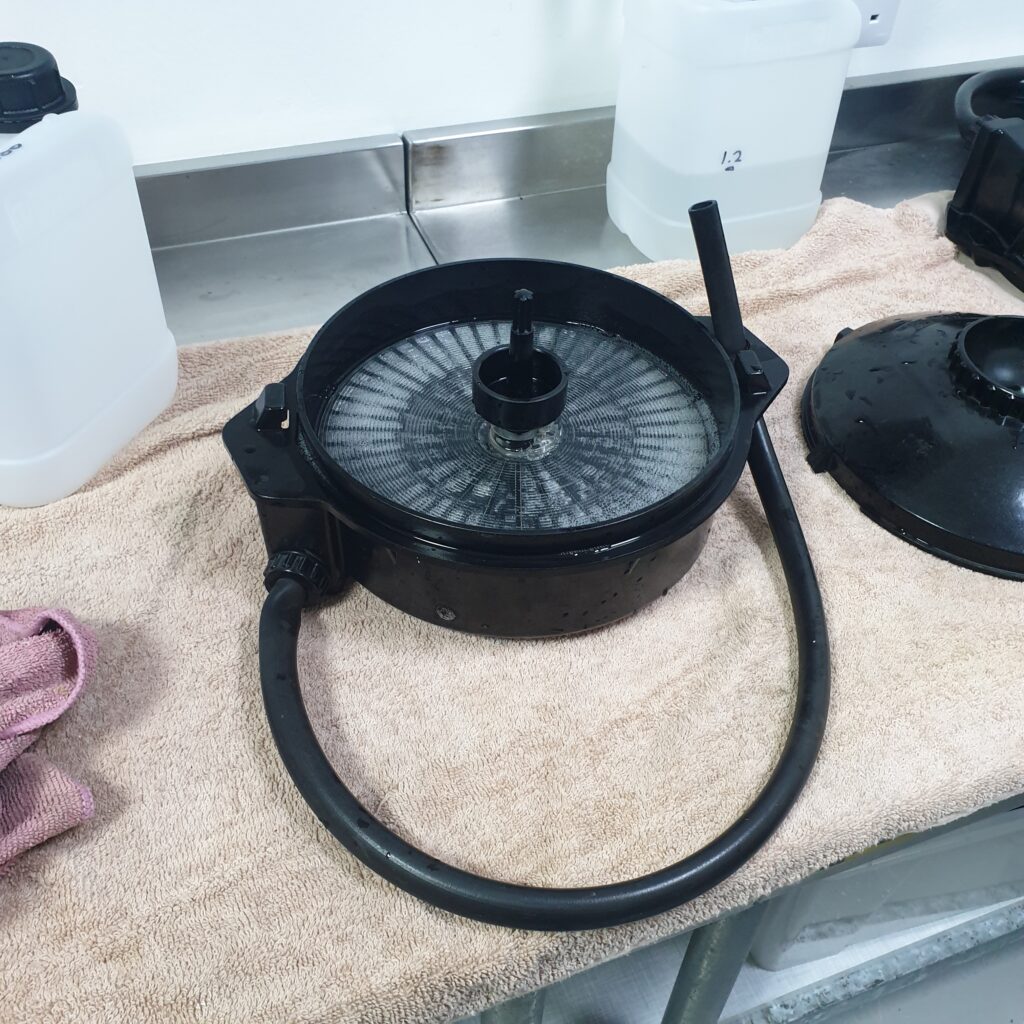
Also its super important to log and document each test, what each tests carries out as this info is needed after to determine which factors are responsible for which samples. For instance in one test there was a few flash frames where the image looked good, better even then the tests, but it was somekind of accident as it didn’t follow my test sequence. I dont know what happened so cant repeat it.
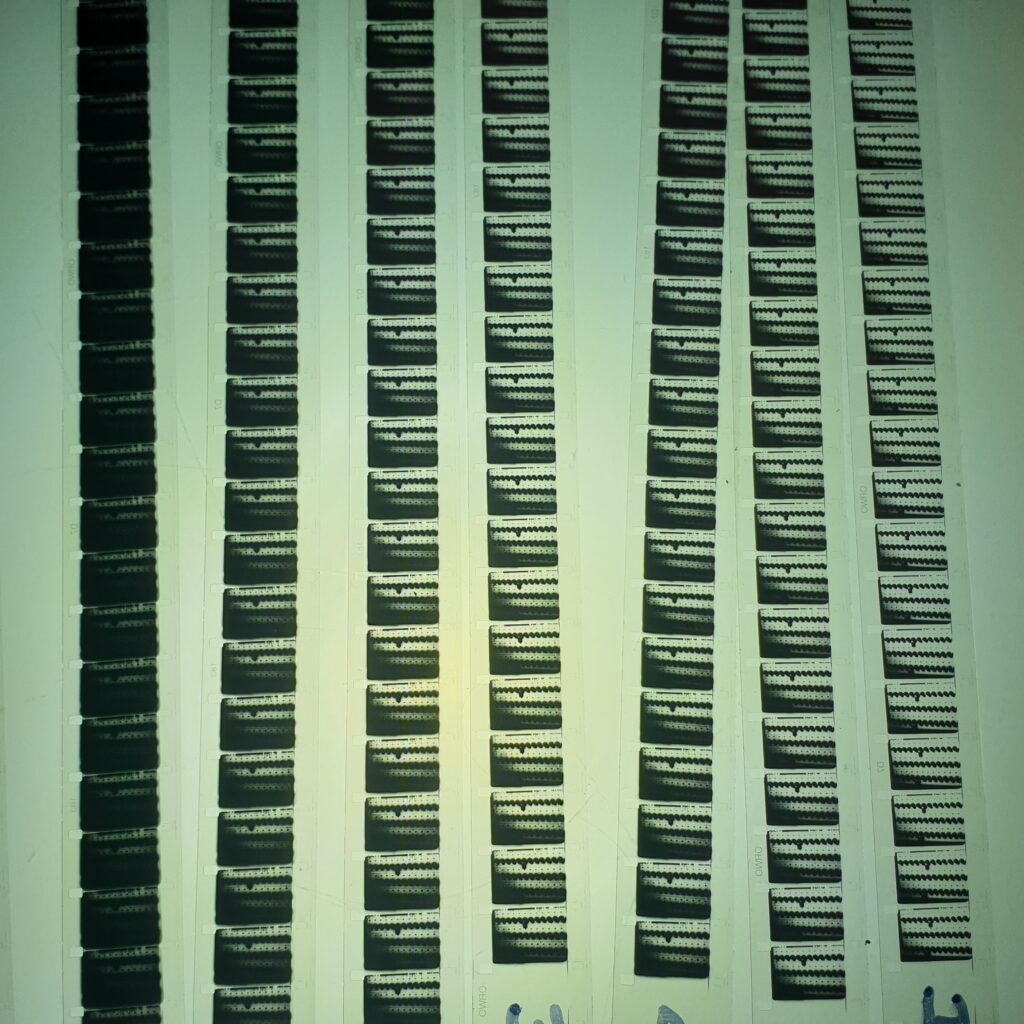
Im shooting a single frame Ive chosen for a few reasons. Its not helpful that I am copying a neg that is itself actually on Agfa ST8D, a hi-con sound track stock. The image is sharp, but will not produce a full range of greys. However, Im after a subjectively good looking result so it doesnt matter. Other tests can be done shooting negatives in controlled conditions to generate reference material.
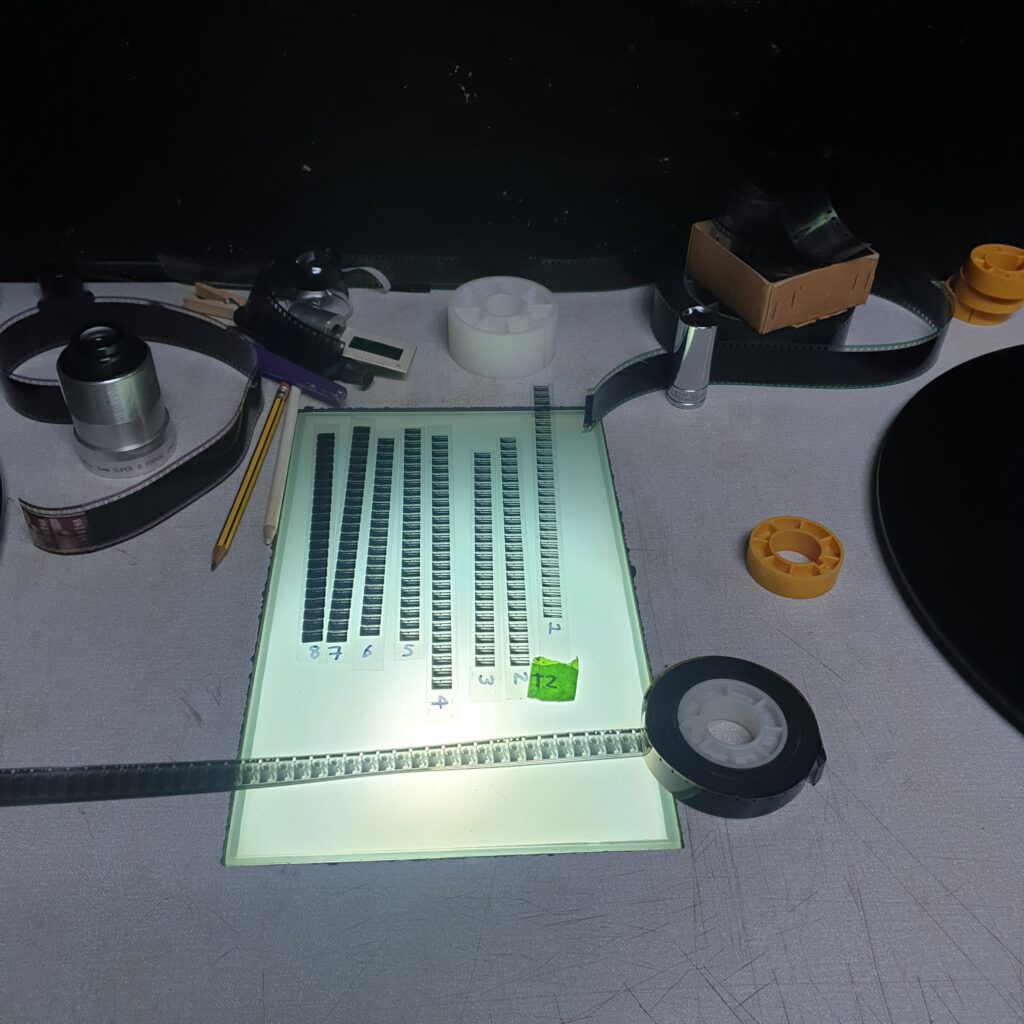
I have of course unconvered some new annoying issues such as the fact that the viewfinder glass does not seem to correspond to the camera gate, which if true is disastous and may need lengthy rectification. On the whole though the whole system is coming on well and for once Im too busy to get around to uploading this blog.
